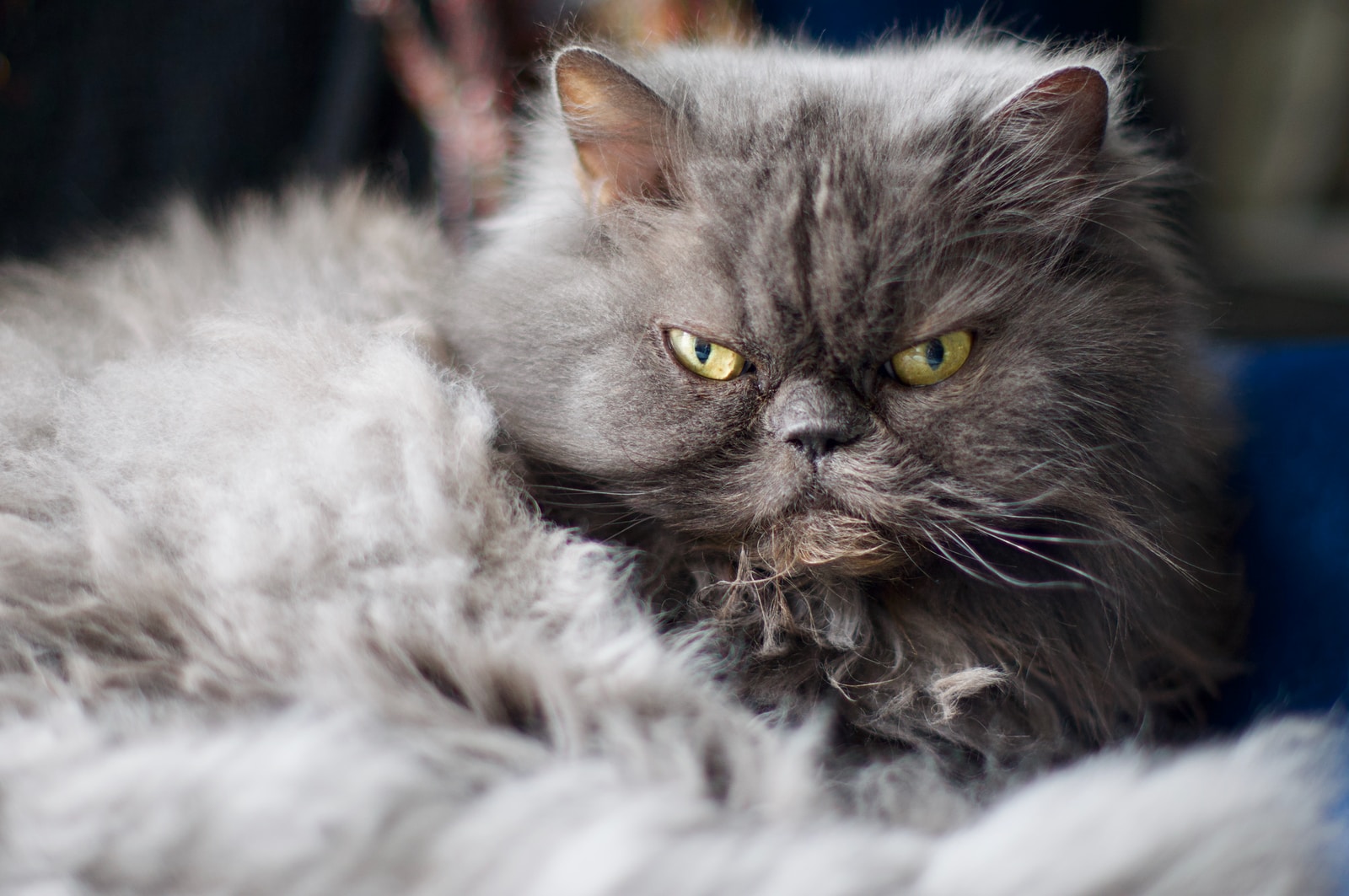
Key points
- Cats of all breeds get hairballs, and this condition generally isn’t dangerous. It is caused by grooming, as cats can catch hairs on their papillae (tiny hook-like structures on the tongue). If a large amount of hair is stuck in the stomach, it forces a cat to vomit.
- Hairballs happen more often in long-haired breeds and older cats. They can also be caused by overgrooming, which can be a result of stress or allergic reaction.
- You can help minimize the number of hairballs by grooming your cat and using moist wipes after the procedure, adding oils and fiber to the pet’s diet, and keeping it hydrated. Laxatives can also be a good solution.
- If your cat constantly struggles with hairballs, consult your vet about switching the pet to specialized food.
- If you notice your cat trying to throw up for a prolonged period of time without producing any hairballs, feeling tired, and experiencing loss of appetite, it is a sign that a large amount of hair is stuck in the pet’s stomach. Consult the vet immediately, as these symptoms are very dangerous to your pet.
Hairballs, or, in medical terms, trichobezoars, form as a result of your cat grooming itself. Most of the time, hair quickly passes through the digestive system, but if the pet ingests a large amount of it, it can form a hairball and cause your pet to throw it up. Hairballs are not only unpleasant for pet owners, but they may also be dangerous for your cat since they may cause intestinal blockages.
Table of Contents
Common Causes Of Hairballs In Cats
Cat hairballs are a natural occurrence, but many pet owners find them disgusting. They are a result of your cat’s grooming routine, as your cat catches dead and loose hair with its tongue when it grooms. Since hair is primarily made up of keratin, an indigestible protein, the pet can’t digest it. Usually, the hair simply passes through the pet’s digestive system, but if it gets stuck, it forms a hairball which your cat will throw it up to avoid unpleasant sensations.
All cats, regardless of the breed, get hairballs. However, they are a more frequent occurrence in long-haired breeds and cats that shed a lot. Sometimes, a cat starts getting hairballs when it grows up and learns how to groom itself properly.
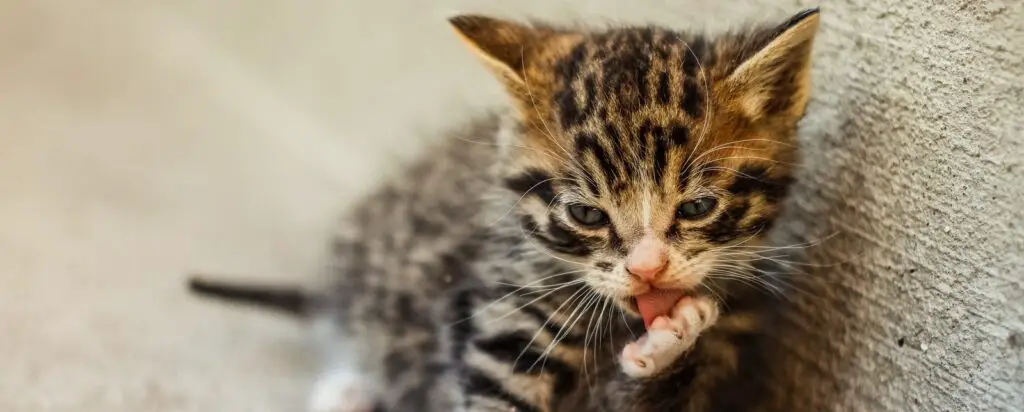
Overgrooming is a common cause of frequent hairballs. If you notice that your cat is grooming itself more than usual, it may indicate that the pet is suffering from anxiety or allergies. In addition, cats tend to lick themselves excessively when a particular part of their body hurts. If you have any concerns about your pet’s health, consult your veterinarian.
Hairballs Are Not Shaped Like A Ball
Despite their name, hairballs are usually slender and cylindrical in shape, not round. Hairballs adopt this shape when they pass through the cat’s esophagus, a narrow food tube. However, since hair gathers in the stomach in the form of a ball, most people call it a hairball.
How To Tell That Your Cat Has A Hairball?
If your cat is trying to expel a hairball, it will make disturbing retching, vomiting, hacking, and gagging noises. Usually, it doesn’t take long for a cat to eliminate a hairball, but if your cat is vomiting, gagging, hacking, or retching for a long time without throwing up a hairball, you should contact your vet. This behavior can indicate that the hair formed a significant blockage which can be life-threatening to your cat. Other symptoms include lethargy, constipation or diarrhea, constant cough, bloated abdomen, and lack of appetite.
Home Remedies For Cat Hairballs
You can’t get rid of hairballs completely, as an average domestic cat spends 30-50 percent of its time grooming. A cat’s digestive system has adapted to passing the hair, so if your pet struggles with frequent hairballs, it could indicate that the motility of the digestive tract is reduced. This means that the food your pet eats doesn’t get processed entirely by the intestines, which can cause digestion.
If your cat often suffers from hairballs, try these natural hairball remedies to see if they can help:
Brush Your Cat Often
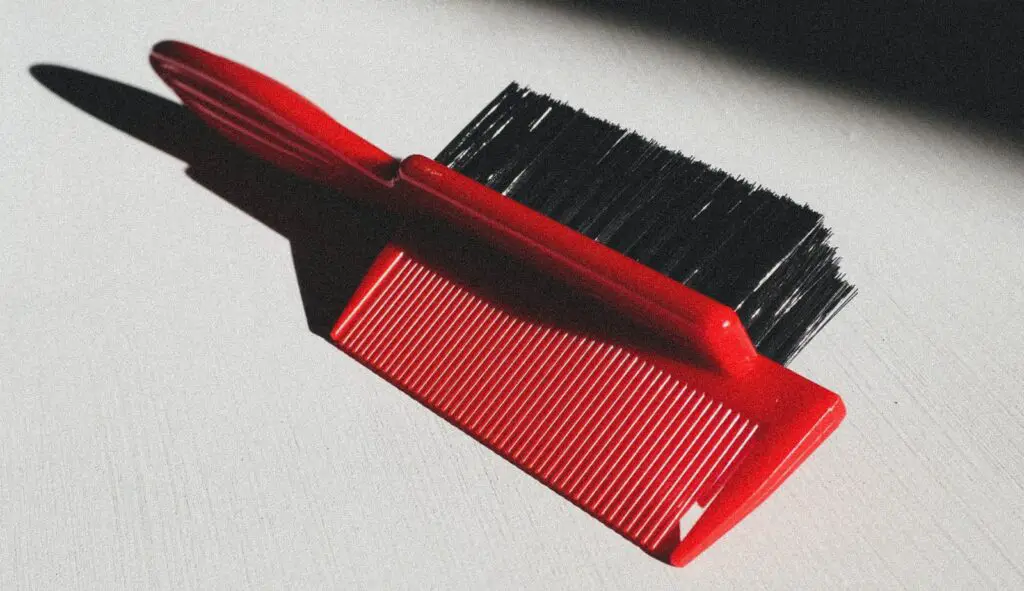
Not only is this a great way to spend time with your pet, but it’s also a great way to reduce the number of hairballs your cat gets. Extra brushing will help to remove dead hair and decrease shading. If your pet is not a big fan of combing, you can take it to a professional groomer every six months or use grooming gloves instead of a brush and simply pet your cat to remove hair.
Use Wipes
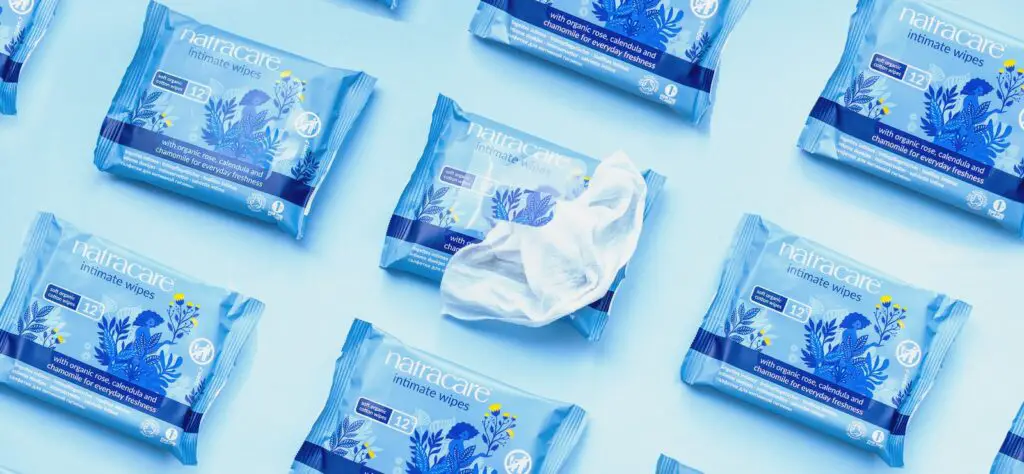
Using either fragrance-free, hypoallergenic baby wipes or a damp paper towel will help eliminate any remaining hair.
Add Fiber To The Cat’s Diet
A high-fiber diet can help improve your pet’s digestion and minimize hairballs. You can either use specialized hairball-reduction cat food or add fiber to the cat’s diet yourself.
Specialized cat foods work by minimizing shedding and helping the hair move through the digestive system. You can also add apples, carrots, pumpkin (or pumpkin powder), cat grass, and Metamucil (fiber pills or powder) to your pet’s diet. But keep in mind that felines don’t need as much fiber as humans.
Use a Laxative
Many products available on the market can help your cat pass hair through the digestive tract. One effective option is applying petroleum jelly to your cat’s paw. The cat will lick the jelly off its paws, which will, in turn, lubricate its digestive tract and prevent constipation. Keep in mind that you should always consult a vet before giving the pet any laxatives.
Try Olive Oil

Consider adding a small amount of olive oil to the pet’s diet, as it can improve hairball digestion and reduce stomach aches resulting from hairballs. However, make sure that you let your cat lick the oil instead of forcing it into the pet’s mouth, as if you force it, the oil might end up in your cat’s lungs. A teaspoon of olive oil per week is enough to help your cat, but you can easily replace it with butter or other oils such as corn or saffron oil.
Distract The Cat From Excessive Grooming
If you notice that your cat struggles with excessive grooming, find another activity for it to engage in.
Keep Your Cat Hydrated
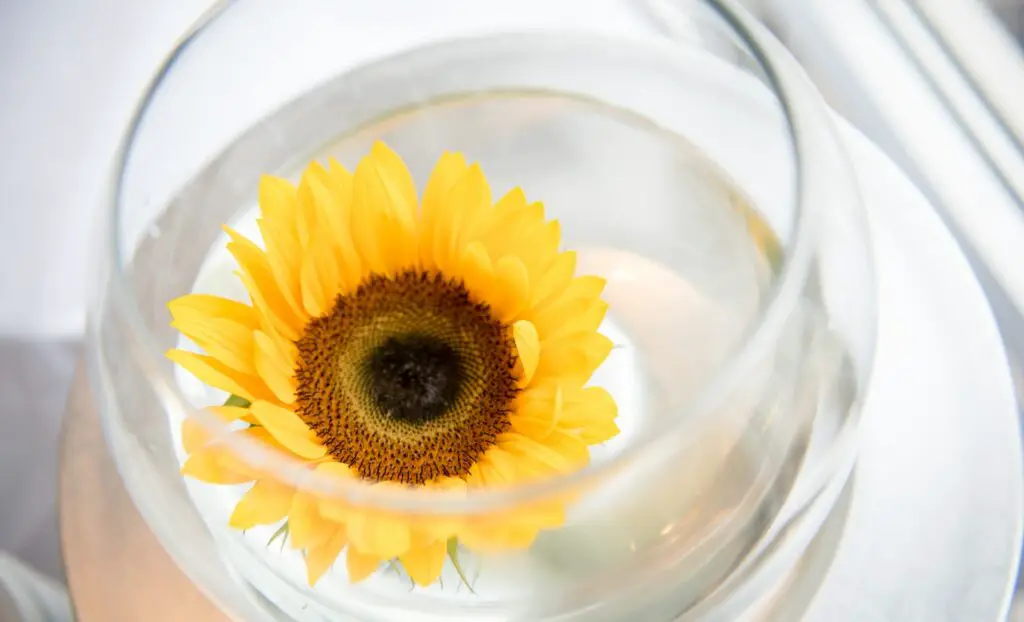
Water is essential not only to meet your pet’s basic needs but also to help with digestion. If you feed your pet dry food, you should increase the amount of water you give to keep the cat’s digestive system working correctly. Remember that canned food provides significantly more hydration than dry.
Make sure that the water you give your cat is clean and fresh. Consider buying a water fountain to encourage your pet to drink more water.
Add More Fish To The Diet

Fish is a good source of natural oils, too, so treat your pet with a piece of tuna or a sardine every other week.
FAQ
Are cats in pain when they have hairballs?
No, but if too much hair has built up in your cat’s stomach, it will cause distress and force the cat to vomit.
How often do cats throw up hairballs?
Usually, cats throw up 1-2 hairballs a month, but long-hair breeds can get hairballs more often.
What is a natural remedy for hairballs in cats?
Olive oil, mild laxatives, and high-fiber diets are excellent natural hairball remedies. You can also try bruising your cat frequently, keeping it hydrated, or adding oily fish to its diet.
When should I worry about hairballs?
If your cat experiences loss of appetite, lethargy, constipation, or diarrhea, if it’s constantly trying to vomit without producing a hairball, it can indicate that a hairball is stuck somewhere in the pet’s digestive system. This condition can be life-threatening




